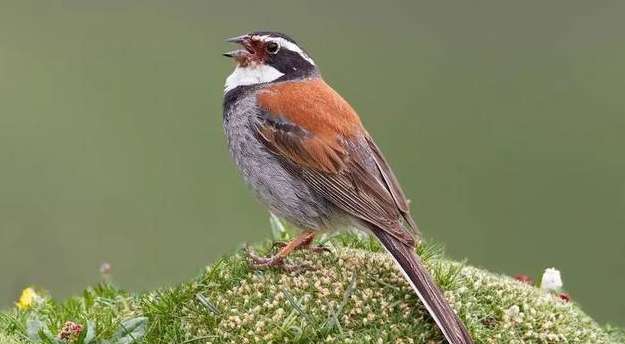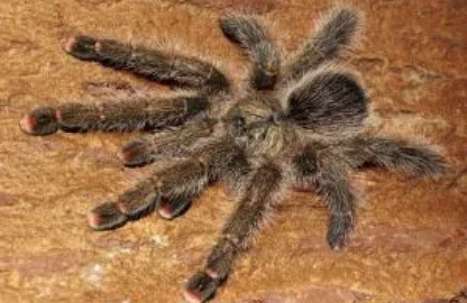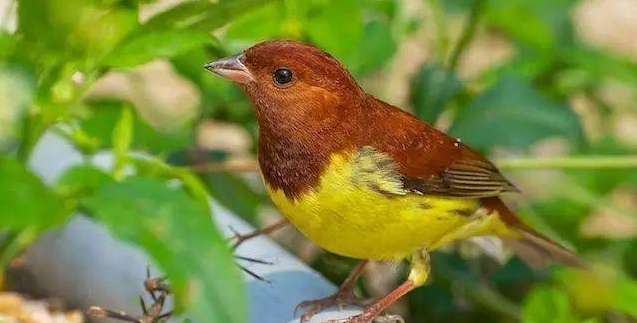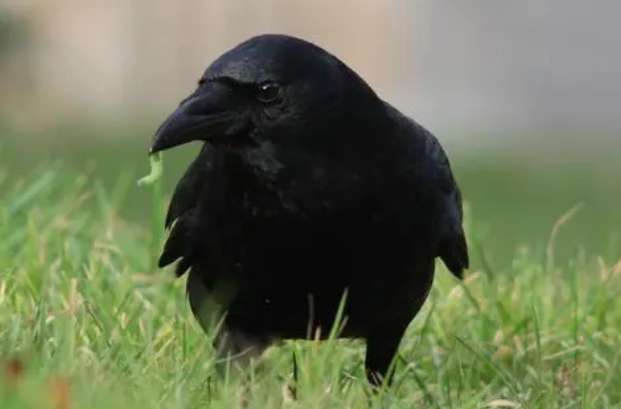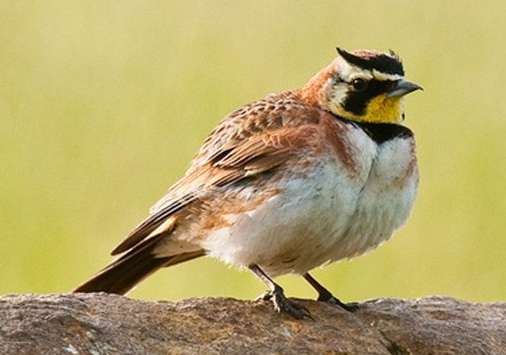Handling the relationship between the changes in the four-season climate and raising ornamental birds is the first step in daily management. Bird keepers should adapt their ornamental birds to the changes in the climate in the region.
The seasonality of bird life is related to geographical divisions. Summer horses in northern my country have obvious seasonality: while birds living in the tropics have no seasonality or are not obvious.
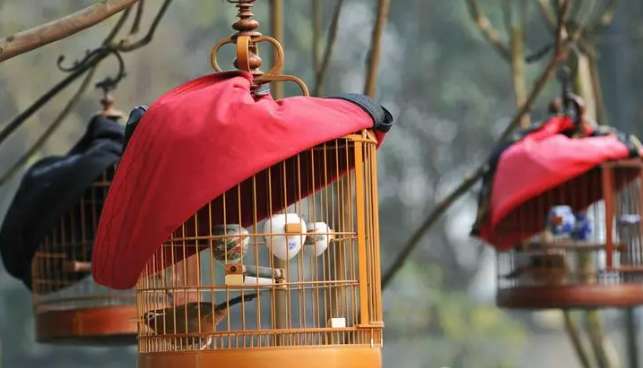
①Spring. Just arrived. The weather is hot and cold. The spring rain is continuous and the air humidity is high. At this time, the temperature difference between morning and evening is large. You should pay attention to climate changes and keep warm to prevent the invasion of cold, hot, wind and cold and make you sick.
Spring is also the estrus period for birds. They chirp frequently and appear particularly energetic and active. For breeding ornamental birds and breeding birds to be paired, fat and other nutrients should be added. Green vegetables and snail powder should be given to eat, which is beneficial to the estrus and fertilization of ornamental birds. For those that are not prepared to breed, the supply of fat feed should be reduced, especially for male birds, and more tree sprouts and wild vegetable sprouts can be fed. Kinds of green feed should be used to prevent ornamental birds from being "sexy", "shocked" or "causing trouble" at night.
②Summer. At this time, the temperature rises and there are more mosquitoes. It is necessary to ensure that there is no shortage of water and to provide bath water and bath sand as much as possible. In summer, mold, bacteria, and parasites are active, and feed is prone to mold and deterioration. Therefore, it is necessary to prevent intestinal diseases, diarrhea, or other infections caused by mold or bacteria. Feed should be added sparingly and frequently. Clean water cans and food cans frequently, and the water in the water cans should be clean. For example, put 1/4 berberine tablets in water. Prevents enteritis and other inflammations. The cages must be disinfected every certain day. If feather lice and mites are found, they can be sprayed with pesticides to kill them.
Any bird is afraid of heat. The birdcage must be placed in a cool and ventilated place and allowed to be sunbathed with appropriate amounts of sunlight. Avoid exposure or direct sunlight to the bird, which may cause heatstroke.
③Autumn. Autumn is the most comfortable season of the year for birds, with temperatures around 20'C. There is less moisture and the sun is warm. However, because the bird needs to moult during this period, it is necessary to increase nutrition and fresh food. In the north, the temperature begins to drop at night, so you need to protect yourself from the cold.
Autumn is the season for birds to fatten up. As the saying goes, "Spring nourishes bones and autumn nourishes fat." "Fat" refers to the subcutaneous fat of birds. The function of subcutaneous fat is to store heat energy. It is also a good thermal insulation layer, which is of great significance for birds to survive the winter. Therefore, in addition to the commonly used feed, the proportion of fatty feed should be increased, generally reaching 20%. Birds that eat pellets can be fed directly with the seeds of oil crops. Meal-eating birds can grind the seeds of oil cropsAfter crushing, mix it into the feed and feed it. For insect-eating birds, fresh minced mutton or mealworms should be added.
Autumn birds enter another breeding season. For birds that breed in autumn and winter, work should be done well during estrus, mating, egg laying and brooding. Fresh vegetables, cooked eggs, egg yolks, corn and other feeds with higher nutritional value should be added to the feed. At the same time, attention should also be paid to increasing mineral feeds, especially feeds containing calcium.
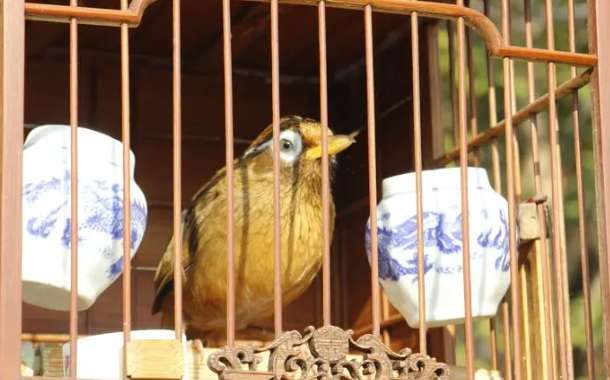
After autumn, it is the season for birds to moult. After a 30 to 40 day period of moulting, birds will grow longer. New feathers appear to prepare for the winter, which is called "winter feathers". When a bird is in the early stages of moulting, it is necessary to appropriately reduce the ingredients of concentrated feed to speed up the shedding of old feathers. During moulting, it is necessary to supplement vitamins and increase protein feed to further enhance nutrition and accelerate the growth of new feathers.
In addition, during the moulting period, birds such as red hibiscus, rosefinch, red-spotted cheek, and red-banded finches can be fed more carrots or vegetables containing carotene to increase the depth of feather color.
④Winter. In the cold winter, the temperature drops, the sunshine hours are shortened, and the birds have less time to feed, making it easier for colds, pneumonia, malnutrition, and weight loss to occur.
The temperature in winter is low and the weather is cold, especially in the north. Therefore, good insulation work is key. From December to February of the following year, the focus is on cold protection and heat preservation. The ambient temperature is very important. It should not be hot or cold. Usually, the bird is placed indoors in a warm and sunny place, and the cover is lifted for sunbathing. In particular, some birds that are intolerant to the cold, such as bearded birds, lovebirds, and white-eyed birds, need to bask in the sun more.
The indoor temperature should be kept above 10 degrees. When the temperature is below 17 degrees, be careful not to place the bird cage near a stove or air conditioner just because the weather is cold. This will cause the temperature difference between that with heating and without heating to be very large, which will cause the bird's body function to deteriorate. To avoid cage birds from freezing, some species bird. Such as hibiscus bird, thrush, etc. Although there is no need to keep warm in winter, you should pay attention to the breeding environment when raising animals in winter. Hang the birdcage in a warm room as much as possible. Do not hang the birdcage in a drafty place. The north wind is howling outside, and even snowflakes are falling, but the chirping of caged birds inside the house will bring endless fun to the family.
In order to ensure a safe winter and improve the bird's cold resistance. In the preparation of daily food, greasy feed containing more fat, such as perilla seeds, hemp seeds, rapeseed, peanuts, walnut meat, etc., should be appropriately added to ensure a certain amount of calories. However, the amount of feeding each time should be small, and the food supply should be gradually stopped after the beginning of spring. Otherwise, caged birds will develop a taste for fatty feed. And eating less or refusing to eat staple food such as millet, millet, barnyard grass, rice, etc. can easily cause birds to suffer from obesity.
Not only should the number of water baths be reduced, but the appropriate water temperature and room temperature (15 to 20 ℃) should also be ensured. At the same time, pay attention to allowing the bird to bathe in water on its own, and never force it. Immediately after bathing, place in a warm, sunny place to dry.
Walking birds in winter should depend on changes in environmental temperature. If you have been walking birds since early autumn, you can continue. Going out for bird walks depends on the weather and whether you insist on going out for bird walks. "Walking birds" in autumn and winter must be persevering and must not be "fishing for three days and drying the nets for two days". You should start "walking the birds" in autumn and insist on "long-term exercise". Otherwise, if you continue "walking" in winter, the birds may become sick due to sudden changes in temperature.

